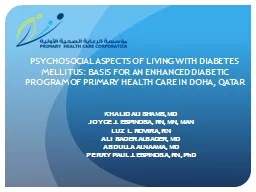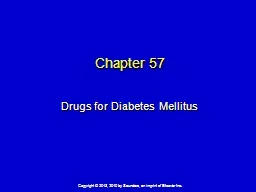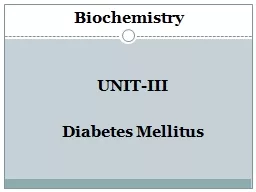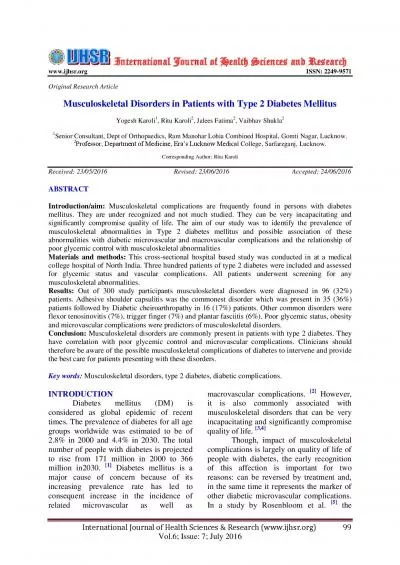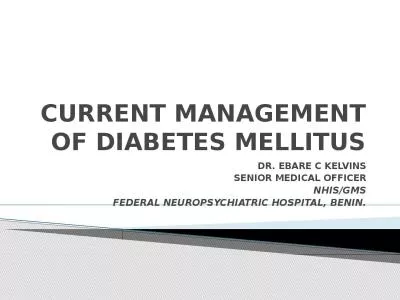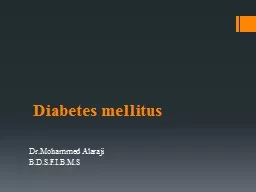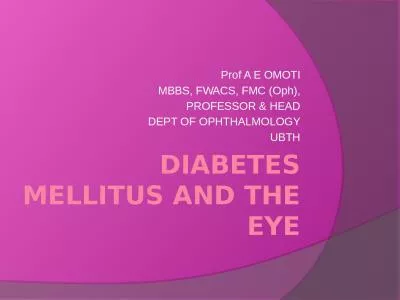PPT-PSYCHOSOCIAL ASPECTS OF LIVING WITH DIABETES MELLITUS: BASIS FOR AN ENHANCED DIABETIC
Author : uoutfeature | Published Date : 2020-08-28
KHALID ALI SHAMS MD JOYCE J ESPINOSA RN MN MAN LUZ L ROVIRA RN ALI BADER ALBADER MD ABDULLA ALNAAMA MD PERRY PAUL J ESPINOSA RN PhD Background of the Study Diabetes
Presentation Embed Code
Download Presentation
Download Presentation The PPT/PDF document "PSYCHOSOCIAL ASPECTS OF LIVING WITH DIAB..." is the property of its rightful owner. Permission is granted to download and print the materials on this website for personal, non-commercial use only, and to display it on your personal computer provided you do not modify the materials and that you retain all copyright notices contained in the materials. By downloading content from our website, you accept the terms of this agreement.
PSYCHOSOCIAL ASPECTS OF LIVING WITH DIABETES MELLITUS: BASIS FOR AN ENHANCED DIABETIC: Transcript
Download Rules Of Document
"PSYCHOSOCIAL ASPECTS OF LIVING WITH DIABETES MELLITUS: BASIS FOR AN ENHANCED DIABETIC"The content belongs to its owner. You may download and print it for personal use, without modification, and keep all copyright notices. By downloading, you agree to these terms.
Related Documents

